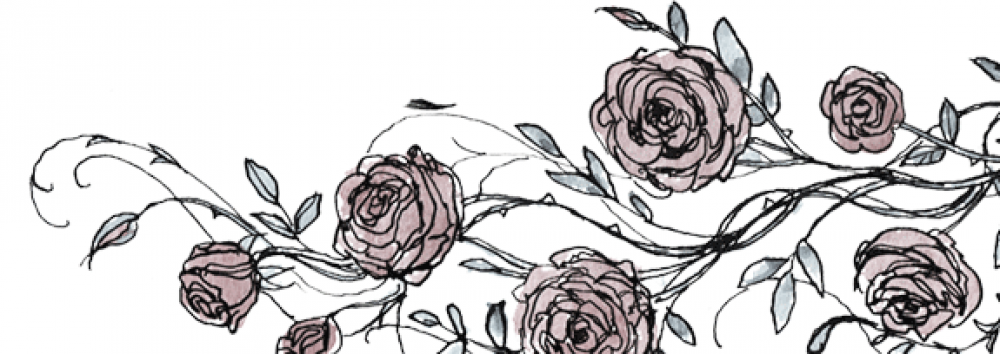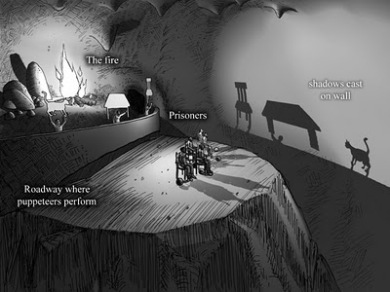In Thomas Hardy’s A Laodicean, Mr. Dare creates a false image of Somerset through trick photography:
“It was a portrait of Somerset; but by a device known in photography the operator, through contriving to produce what seemed to be a perfect likeness, had given it the distorted features and wild attitude of a man advanced in intoxication” (Hardy 49).
In Victorian times, photographs were replacing paintings because they could be produced faster and cheaper while also providing a more realistic copy of the image being replicated. As a result, the fact that Mr. Dare uses a photograph to show such a degrading view of Somerset, makes the image much more difficult to reject as false. Dare’s ability to manipulate the image of Somerset supports the belief many Victorians held during the rise of photography as a sinister process (Leggat).
A Laodicean was written in 1881, and mass photography began circulating in 1888. However, Niepce captured the first photograph (that still exists) in 1827. This photograph had an eight-hour exposure time, where as now pictures can be captured and displayed within seconds. In 1881, portraits became prominent throughout society because they were finally affordable (Monge).

The first photograph taken that still exists
from: http://www.tropinature.com/photohist/photohist01.html
Victorians would manipulate images in many ways through trick photography. Some techniques used were changes in perspective of size, spirit photography, replicating a person in a single photograph, and headless photographs (Barribeau). In 2013, we now have programs such as Photoshop to take photo manipulation even further, but at the time, the ability to manipulate images was a remarkable advancement in technology.

Trick photography: Headless Photograph
from: http://www.buzzfeed.com/briangalindo/13-headless-victorian-photographs

Trick Photography: Spiritual Photograph
from: http://nationalmediamuseumblog.wordpress.com/2013/05/20/photography-a-z-ghosts-spirit-photography/
Another bizarre Victorian practice involving photography was taking pictures of the deceased in poses as if they were still alive. This is called post mortem photography. Photographs provided a more realistic image to remember loved ones. Family members would sometimes pose with their deceased loved one, and the loved one would either be portrayed as sleeping or awake. To give the illusion of being awake, their eyes would either be propped open or they would have pupils painted on their eyelids. In addition, sometimes stands would be used to hold the deceased person’s body up as though they were standing (Admin).

Post Mortem Photography: Stands used to hold deceased bodies up
from: http://www.technocrazed.com/the-most-weird-tradition-of-victorian-era-post-mortem-photography-gallery
Ultimately, even though photography was being used to portray realism that paintings were not fully able to accomplish, it also was turning into a tool of deception and illusion. Thomas Hardy’s A Laodicean seems to highlight this caution to readers, through the depiction of older ways of living being replaced with new technological advancements.
Works Cited:
Admin. “The Most Weird Tradition of Victorian Era: Post Mortem Photography”. Techno Crazed. Web. 20
Oct. 2013.
Barribeau, Tim. 1987 Book of Magic Shows: The Wonders of Victorian Trick Photography. 18 April 2013.
Web. 20 Oct. 2013.
Hardy, Thomas. A Laodicean. Vol. 3. London: William Clowes and Sons, 1881. Web. 20 Oct. 2013.
Leggat, Robert. A History of Photography. 1995. Web. 20 Oct. 2013.
Monge, Julian. “History of Photography”. Tropinature.Costa Rica: State Distance Education
University,n.d. Web. 20 Oct. 2013.

